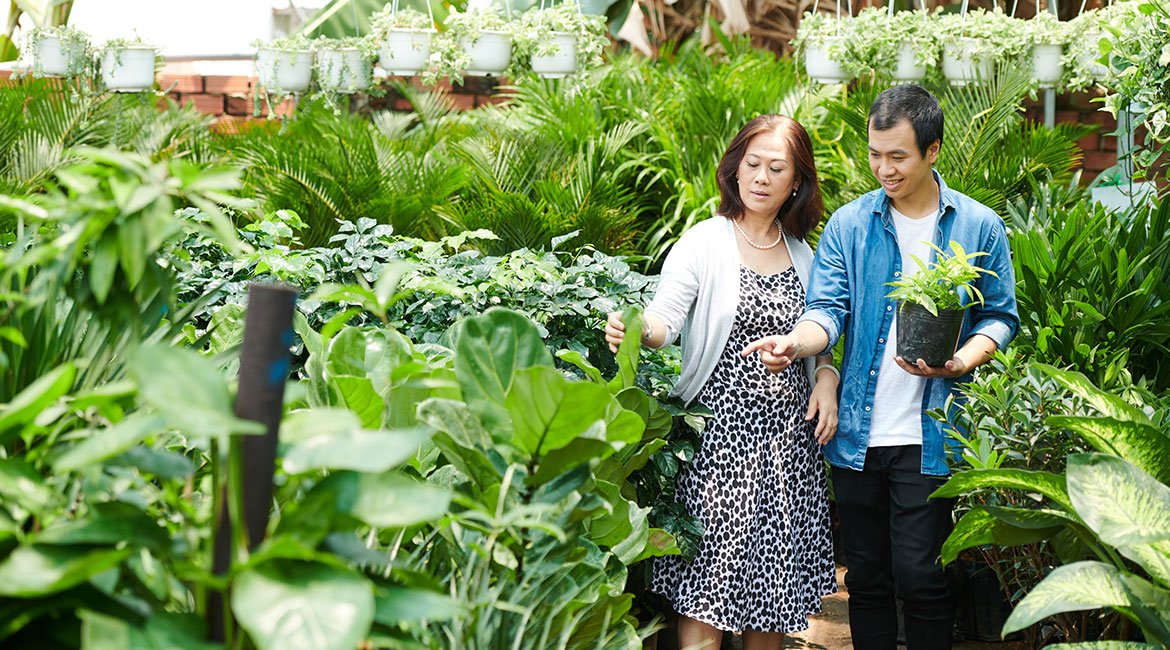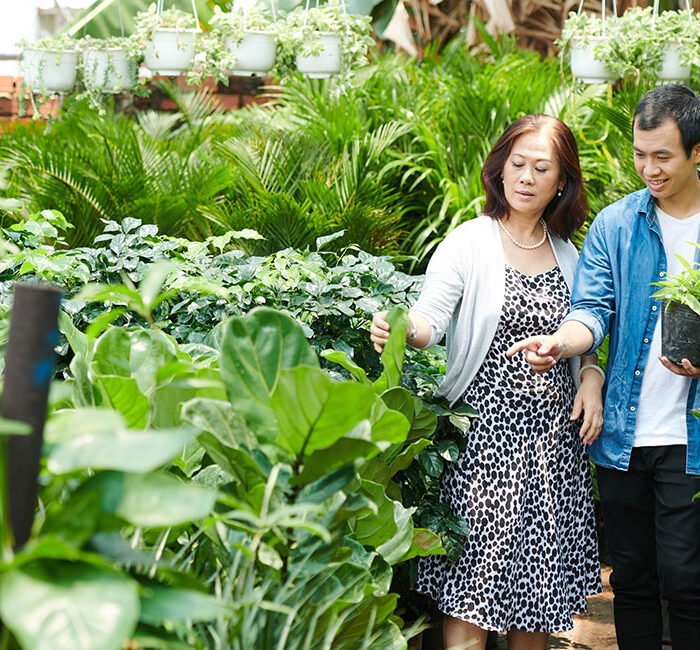Okay, so let’s talk about something that’s been on my mind lately—eco-friendly gardening. I’m not gonna lie, I’ve always wanted to be one of those people who effortlessly cultivates a lush, sustainable garden without breaking a sweat. The kind of garden that not only looks good but feels good to have. You know, one where you can sit with a cup of tea, watch the birds and bees do their thing, and feel like you’re contributing to the planet rather than harming it. But, and here’s the kicker, I also wanted a garden that didn’t take up every second of my free time. So, yeah, I was asking for a lot.
But here’s the thing: eco-friendly gardening doesn’t mean you have to turn your backyard into a wild jungle or sacrifice every ounce of your free time. You can absolutely have a beautiful, low-maintenance garden that’s good for the planet—and not just the garden variety kind of “good.” I’m talking about making choices that help the environment, reduce waste, and save water, all while keeping your garden looking fresh. And trust me, I’ve learned this the hard way, so I’m here to share the journey.
So grab a coffee (or something stronger—no judgment) and let me tell you how I transformed my own garden into an eco-friendly haven right here in Northampton. 🌿🌍

Why I Decided to Go Eco-Friendly (Spoiler: It’s Not Just for the ‘Gram)
Okay, full disclosure: I didn’t wake up one day and think, “Today is the day I’ll save the planet with my backyard.” If anything, I was the type of person who would look at Pinterest, drool over gorgeous gardens, and then immediately scroll down to the nearest fast-food delivery option because, well, gardening seemed like too much effort.
But then I started seeing the impact of all the little things in our everyday lives—the waste, the chemicals, the water usage—and I realized that even small changes can add up to something bigger. And as I stared at my half-dead lawn (no, seriously, it looked like it hadn’t seen water since the early 2000s), I figured, why not take this opportunity to make my garden more eco-friendly? I didn’t want to just throw more chemicals at it or have a lawn that needed constant TLC. Plus, I figured if I was going to be sitting in my garden, I might as well feel good about it, right?
So, after a bit of research (Google is my best friend, no shame), I dove into eco-friendly landscaping, and let me tell you—it’s been an adventure.
1. Choosing Native Plants: The Real MVPs
Okay, so here’s where it all starts: native plants. I mean, they’re like the cool, laid-back cousins of the plant world. They don’t need constant pampering, they fit right into the local ecosystem, and they help support local wildlife. It’s a win-win-win, and honestly, if you’re not using native plants, what are you even doing?
So, I swapped out my finicky, thirsty garden plants for some of the beautiful, hardy natives that thrive in Northampton’s climate. And let me tell you, the transformation was instant. Suddenly, I wasn’t watching my plants die from lack of water or fighting off pests every other week. It was like I found the plant version of a chill, eco-conscious friend who doesn’t need constant attention.
Here are some of my favorite native plants in Northampton that have totally changed the game:
- Purple Coneflower (Echinacea purpurea): Gorgeous and tough. Plus, it attracts pollinators like bees and butterflies. 💜🦋
- Black-eyed Susans (Rudbeckia hirta): These bright yellow flowers look like sunshine and are pretty much low-maintenance. They’re also drought-tolerant, so I don’t have to feel guilty every time I forget to water them.
- Lavender: Not only does it smell amazing, but it also thrives here in Northampton. Bonus points for being a natural pest repellent. 🦗👋
- Bee Balm (Monarda): This one’s a crowd-pleaser with its bright, bold colors and ability to attract bees, butterflies, and hummingbirds. It’s like a nature party in my garden.
And the best part? These plants are all adapted to the local environment, which means less watering, fewer chemicals, and less stress. Can’t argue with that.
2. Water-Wise Landscaping: Keeping Things Hydrated Without the Guilt
Now, if there’s one thing I learned about eco-friendly gardening, it’s that water conservation is key. Northampton can have some crazy weather—one minute, it’s raining like a monsoon, and the next, it’s dry as a bone. So I had to rethink how I was using water in my garden.
First, I said goodbye to my ridiculous “traditional” lawn. Honestly, grass was just taking up so much of my time and water. It’s like that friend who always shows up at the party, eats all your snacks, and then leaves without cleaning up. 😑
Instead, I went for some xeriscaping (yes, it sounds fancy, but it’s basically landscaping that uses less water). Here’s how I made it work:
- Drought-tolerant plants: I swapped out thirsty plants for ones that can handle dry spells. Succulents, ornamental grasses, and even some hardy herbs are perfect for this.
- Rain barrels: Northampton gets its fair share of rain, so I started collecting it. I installed a couple of rain barrels in strategic spots, and now I can water my garden with free water that I’ve basically stolen from the sky. 🌧️➡️💧
- Drip irrigation: No more wasteful sprinklers. I set up a simple drip irrigation system that targets the roots of my plants. It’s like feeding my plants directly from the source without splashing water everywhere. Smart, right?
By making these small changes, I’ve reduced my water consumption significantly. Plus, my plants are thriving, even during those dry stretches.
3. Composting: Turning Trash Into Treasure
Alright, so I’m not going to pretend that I’m the world’s biggest composting enthusiast, but honestly, once I got into it, I was hooked. Composting is like the ultimate recycling for your garden. You take your food scraps, lawn clippings, and other organic waste, and you turn it into nutrient-rich gold for your soil. It’s a total game-changer.
Here’s how I got started:
- Create a compost bin: You don’t need anything fancy, just a simple compost bin or pile in a corner of your garden. I use a small, covered bin that keeps things tidy and safe from pests.
- What to compost: This is where it gets fun. I toss in veggie scraps, coffee grounds, eggshells, grass clippings, and leaves. No meat, dairy, or greasy stuff, though—those will just make things smelly. 🚫🍗
- Turn it regularly: Honestly, I got a little lazy with this part at first, but the more you turn it, the faster your compost breaks down, so now I try to keep it up.
After a few months, I had the most beautiful, rich compost that I mixed into my garden beds. The difference was instant—my plants looked so much healthier, and I didn’t need to buy as many fertilizers. Plus, composting is great for reducing waste. All those banana peels and coffee filters? They’re doing something useful instead of sitting in a landfill.
4. Say Goodbye to Chemical Pesticides: Nature’s Got Your Back
Here’s a tough pill to swallow: I used to use chemicals to fend off pests. Yep, I’m that person. 😬 I didn’t know any better! But once I started diving into the whole eco-friendly thing, I realized that those chemicals were doing more harm than good—not only to the environment but also to the beneficial creatures in my garden. So I had to make some big changes.
The good news? I didn’t have to resort to some hardcore pest battle. Nature’s got your back when it comes to controlling bugs and pests—there are plenty of natural alternatives that won’t wreck the ecosystem.
Here are a few methods I swear by:
- Beneficial insects: Ladybugs, lacewings, and predatory beetles all love snacking on aphids and other pests. I’ve started inviting these little guys into my garden. A quick search online, and I found some local suppliers that will send you a bunch of beneficial insects. It’s like hosting a dinner party for tiny, eco-friendly superheroes.
- Neem oil: If I do need a little extra help, neem oil is my go-to. It’s natural, non-toxic, and can help control a range of pests without killing off beneficial insects. It’s a win-win.
- Garlic and chili spray: Sounds crazy, right? But trust me, mixing up a DIY spray of garlic, chili, and water can repel pests without chemicals. It’s a little “witchy,” but it works like a charm.
By cutting out chemicals, I’ve created a more balanced garden where pests are kept in check by natural predators, and the pollinators (like bees) can do their thing without worrying about a toxic cloud.
5. Eco-Friendly Tools: Because Every Little Bit Helps
Let’s be real, I used to think my garden tools didn’t matter in the grand scheme of things. But when I started looking at things through an eco-friendly lens, I realized that even my rake and spade could make a difference. I swapped out some of my old plastic tools for ones made from sustainable materials like bamboo or recycled metals. 🌱
And here’s a tip: go for electric tools over gas-powered ones. They’re quieter, cleaner, and way less polluting. Plus, you don’t have to deal with the mess of gas and oil, which is always a win.
Final Thoughts: It’s Easier Than You Think
So there you have it—my journey into eco-friendly landscaping in Northampton. I won’t pretend that it’s been flawless (there was a small incident with overzealous composting that involved a very questionable smell), but honestly? It’s been totally worth it. My garden is more sustainable, I feel better about the choices I’m making, and I’m saving time and money in the long run.
So, if you’re thinking of making the switch to a more eco-friendly garden, trust me, you don’t have to go full-on tree-hugger mode to make a difference (though, hey, no judgment if that’s your vibe). Small changes can have a big impact, and you’ll feel good knowing you’re doing your part to help the planet—one garden at a time.
And if I can do it (someone who literally killed a cactus once), you can too. 🌍💚





Comments (8)
Jason C. Cavazos
Nam saepe qui aut eligendi. Voluptatibus dolor dolores omnis dolorum nihil. Pariatur dolorem iste est consequatur est modi. Quia iure iste rerum velit sed autem.
Jason C. Cavazos
Nam saepe qui aut eligendi. Voluptatibus dolor dolores omnis dolorum nihil. Pariatur dolorem iste est consequatur est modi. Quia iure iste rerum velit sed autem.
Jason C. Cavazos
Nam saepe qui aut eligendi. Voluptatibus dolor dolores omnis dolorum nihil. Pariatur dolorem iste est consequatur est modi. Quia iure iste rerum velit sed autem.
Jason C. Cavazos
Nam saepe qui aut eligendi. Voluptatibus dolor dolores omnis dolorum nihil. Pariatur dolorem iste est consequatur est modi. Quia iure iste rerum velit sed autem.
Jason C. Cavazos
Accusamus enim a rerum veniam modi sint. Eos officiis et illo harum voluptate eligendi. Quo atque nesciunt consequatur in iusto neque fugiat. Ipsam ut quidem similique sit qui est eligendi cum.
Jason C. Cavazos
Accusamus enim a rerum veniam modi sint. Eos officiis et illo harum voluptate eligendi. Quo atque nesciunt consequatur in iusto neque fugiat. Ipsam ut quidem similique sit qui est eligendi cum.
Jason C. Cavazos
Accusamus enim a rerum veniam modi sint. Eos officiis et illo harum voluptate eligendi. Quo atque nesciunt consequatur in iusto neque fugiat. Ipsam ut quidem similique sit qui est eligendi cum.
Jason C. Cavazos
Accusamus enim a rerum veniam modi sint. Eos officiis et illo harum voluptate eligendi. Quo atque nesciunt consequatur in iusto neque fugiat. Ipsam ut quidem similique sit qui est eligendi cum.